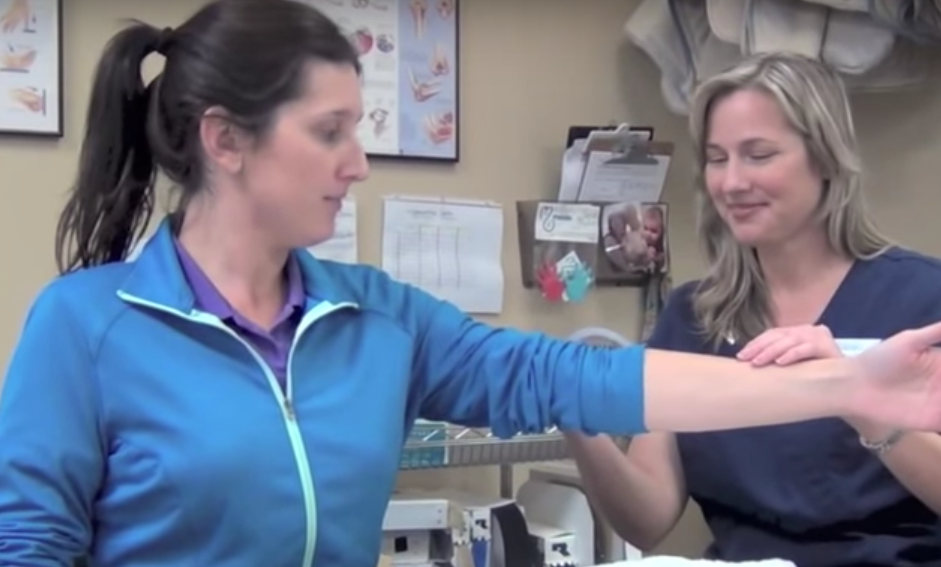What is Hand Therapy?
When patients suffer from adverse conditions impacting the hands and upper extremity, hand therapy can provide effective treatment and help individuals to regain their productivity, independence and quality of life.
Since World War II, hand therapy has addressed the particular need among people for a well-trained, experienced and knowledgeable specialist to handle the complex recovery processes of hand and upper extremity injuries, disease, and trauma. Hand therapy employs a variety of therapeutic mechanisms enabling patients to reclaim their optimal level of function.
Who Can Benefit From Hand Therapy?
 Patients who have suffered wounds, burns, scars, congenital deformities or fractures from an accident, injury, or trauma can benefit from hand therapy. Finger, hand or arm amputees will be helped by hand therapy’s precise management of postural exercises, strengthening and prosthetic training.
Patients who have suffered wounds, burns, scars, congenital deformities or fractures from an accident, injury, or trauma can benefit from hand therapy. Finger, hand or arm amputees will be helped by hand therapy’s precise management of postural exercises, strengthening and prosthetic training.
Hand therapy can also allow individuals suffering from conditions such as carpal tunnel syndrome, trigger finger, and tennis elbow; it can help alleviate the symptoms associated with chronic illnesses such as arthritis, and it can assist patients to recover from a stroke or other neurological conditions.
Hand therapy can provide many advantages for patients including:
- Non-surgical intervention and treatment
- Help with acute or chronic pain
- Reduction of nerve sensitivity
- Home strengthening and range of motion exercise programs
- Custom splints or orthotics
- Specialized tools to accomplish routine activities
- Training so they can return to work
What is a Hand Therapist?
 Hand therapists are physical or occupational therapists with extensive training, clinical practice and expertise in anatomy, physiology and kinesiology. This knowledge enables them to smoothly transition the patient from medical intervention of pathological upper extremity conditions to successful recovery. Hand therapists can help patients recover faster after surgery through the use of wound healing modalities, infection prevention, scar care and inflammation relief.
Hand therapists are physical or occupational therapists with extensive training, clinical practice and expertise in anatomy, physiology and kinesiology. This knowledge enables them to smoothly transition the patient from medical intervention of pathological upper extremity conditions to successful recovery. Hand therapists can help patients recover faster after surgery through the use of wound healing modalities, infection prevention, scar care and inflammation relief.
They can communicate with a patient’s employer about ways to adapt the workplace to reduce the risk of aggravating a hand or arm condition; they can also educate patients on beneficial and corrective work practices.
A certified hand therapist has at least five years of practice with a minimum of 4,000 hours of clinical treatment for hand and arm afflictions. To achieve certification, hand therapists must prove their proficiency by passing an extensive certification exam.



